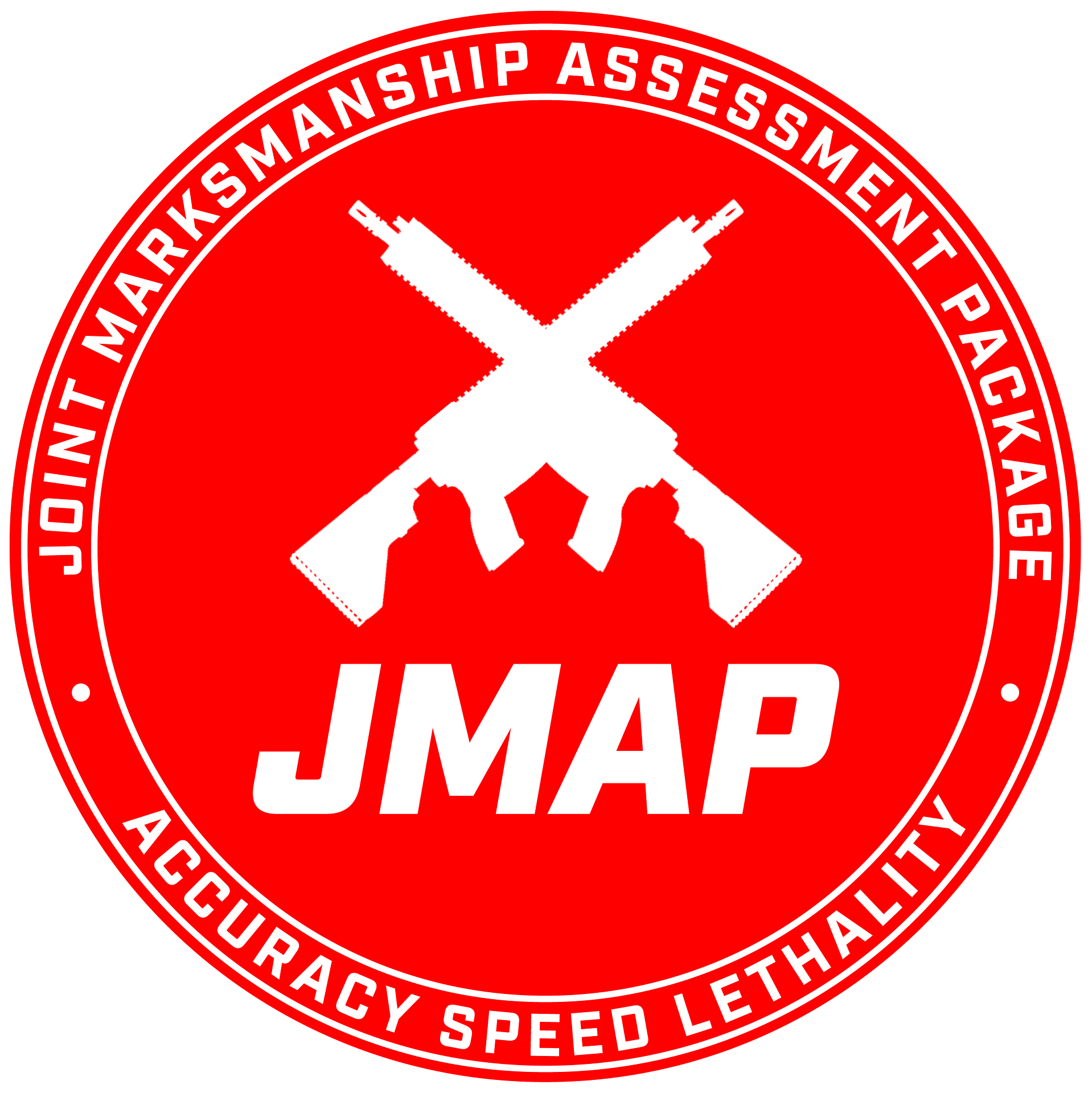
Testing out the early versions of the Infantry Marine Assessment… Camp Pendleton, CA… 2020
Summary:
Design a game that implements your marksmanship needs. Use it to drive performance and care about performance in your marksmanship programs.
Article:
I’ve participated in weird competitions, for instance, Egg Tossing that tested how far you could thrown an egg to a partner and not break it. Humans will turn ANYTHING into a game or sport.
Yet… professional marksmanship regularly eludes this innate human desire to gamify literally anything.
Sure, there are shooting sports.
F-Class benchrest. USPSA. IDPA. PPC. Police Games. Tactical Games. But those are done by individual humans, in their off-time on their own dime (typically), not by armed professionals as part of their marksmanship programs. These sports have their benefits (I’ve participated in many).
However, the designers of these sports may have created things that are beneficial to your marksmanship needs, but none of them are directly aimed at your your mission. And for fun, or profit, they may encourage things that are bad for your mission, or needlessly expensive.
So why not design your own game? with your own unit / individual leaderboard?
Using JMAP you can.
General Steps:
- identify marksmanship skills/behaviors your mission needs
(example, sub 1 second CNS hit at 7 yards, 4 shots/second CNS hits at 7 yards, 2 shots/second neutralizing hits at 15 yards, sub-2 second reload - Reward what you want, Severely punish what you don’t want
(example: 5 points for a hit, -15 for a miss, Fail for 2 misses) - Design a test that measures theses skills, dishes out rewards, and doles out punishment in a dense fashion
- Do enough iterations of each test to reward being consistently good at what is desired
Example: USMC Infantry Marine Assessment
The Infantry Marine Assessment is a 49 shot test that measures skills Marine infantry marksmanship from 300 yards to 3 yards, while moving, and at high speeds. It uses anatomically correctly sized targets at all ranges, and rewards hitting those targets quickly. It values misses as zero, but doesn’t penalize them beyond the time it took to take the shot (largely because military engagements often have shooting intended for suppression and/or hitting).
Example Key behaviors it rewards:
- headshots at 100 yards quickly
- fast transition in a multiple target environment
- shooting well when physically winded
- hitting targets in places that stops them quickly
To measure individual performance it would be better to do these skills multiple times. However, the USMC looks at the skill across squads, platoons, companies, and training cohorts – which provides variance for modeling and other outcome evaluations.
We can typically run a company of Marines thru an IMA in about 4 hours. Where does most of the time go? Zeroing weapons. Then actual shooting time during the long range portions of the test. Generally, we can set up alternate training while shooters prepare (I’ve seen patrolling, MAAWS rocket training, radio training, done while waiting to shoot).
How was the IMA designed? They got these types of people in a room:
- tactical advocates (been there done that folks)
- cognitive psychologists to help ensure the test was scientifically correct
- marksmanship experts
- scoring / qual administration experts to ensure it could be done efficiently
And in about 3 hours, the IMA was born, the next day it was tested with a few Marines, then a few more, and then not long after a training company was run through it. And now the entire Infantry training pipeline, and soon all Infantry units.
They now know the best students, squads, platoons, and companies of all that have conducted an IMA. They can compete them against each other, as units using a statistical modeling called Monte Carlo simulation. They can (and have) choose training and trainers based on IMA outcomes. They can even make equipment choice and setup decisions using this testing.
And each Marine and unit (from fire team to Division) can have metrics on each of these behaviors that let’s them know where they stand against all others.
That’s a pretty big deal.
So why don’t you do that?
We can help.
We can pair with your “been there done that” mission deciders and provide the other three folks in that IMA design room… markmanship experts, scoring experts, and test design experts. And make your own test (game) that will drive your armed professional performance higher than you though possible – through the power of something humans love … a game.
Interested?
Contact me – ken+jmap@scoringtech.com
Thanks,
Ken Nelson
Co-Founder, ScoringTech
Founder, PractiScore
Co-Founder, Tactical Performance Center


Comments are closed